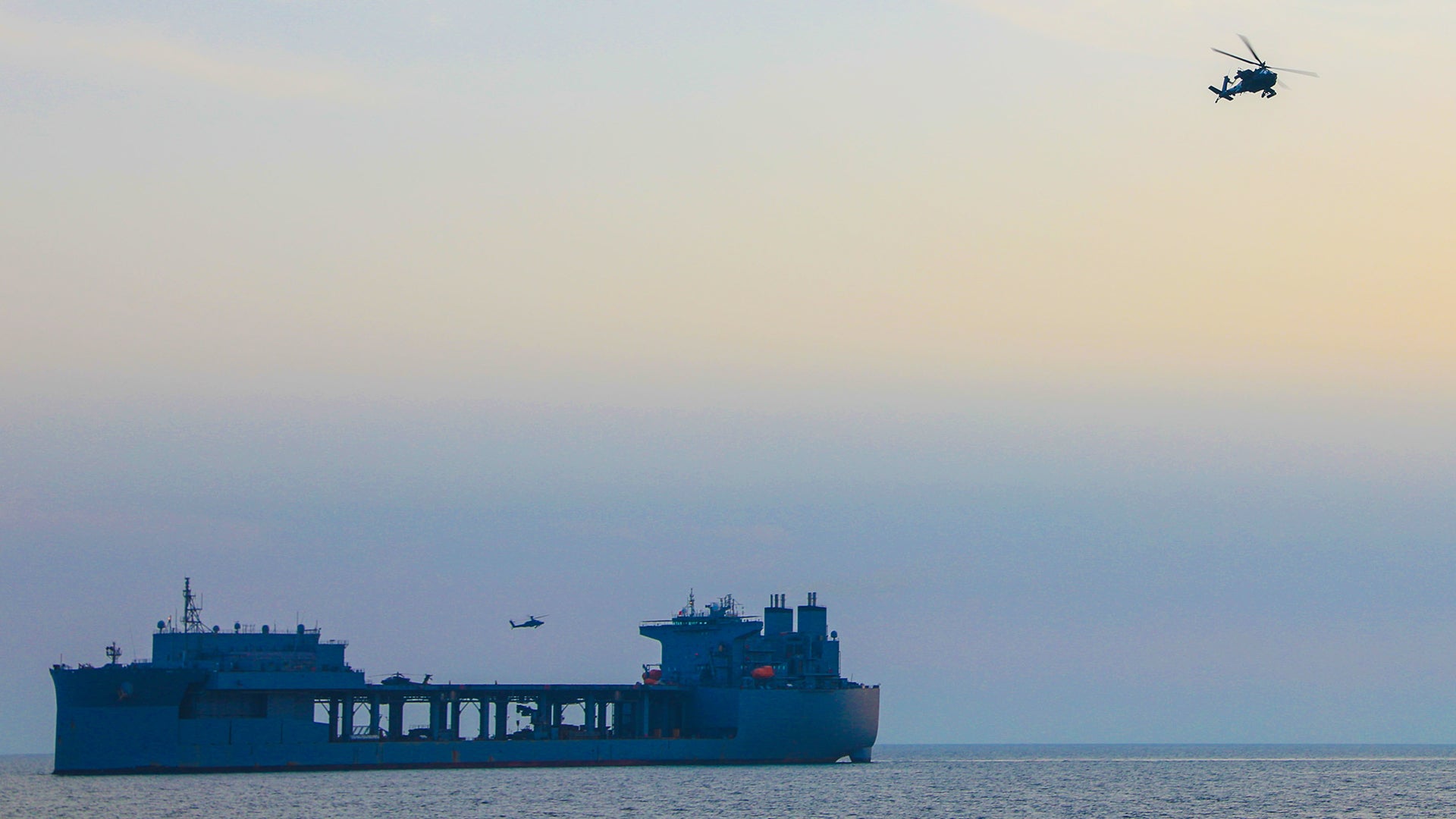The Navy’s new hulking Expeditionary Sea Bases, also referred to as Afloat Forward Staging Bases, are amazingly versatile motherships that can rapidly set up shop in the most troubled of neighborhoods. Their big flight-decks can be used by any helicopter in the Pentagon’s inventory. Although their primary mission is to support lumbering MH-53E Sea Dragon mine-hunting helicopters, they also regularly play host to submarine hunting and utility helicopters, and even attack choppers. Case in point, late last March, U.S. Army AH-64E Apache Guardians flew out to USS Lewis B. Puller (ESB-3) in the Arabian Gulf to work on clearing the waters of enemy small boat swarms with the help of other assets forward-deployed to the region.
The Apaches, which are increasingly capable of maritime operations, and busting small boats moving at high-speed through the water, day or night, in particular, were deployed aboard the Lewis B. Puller for Joint Naval and Air Integration Operations last month. Not only can the attack helicopters protect the expeditionary sea base from attack, they can also use her as a mothership to range out in any direction to provide intelligence gathering, as well as the ability to engage vessels and groups of vessels that are deemed a threat.
This can be a highly integrated mission set, where a variety of weapons and surveillance systems from different services and nations are brought to bear cooperatively in order to keep waterways clear and to garner a steady stream of high-quality intelligence on maritime activities in the region.
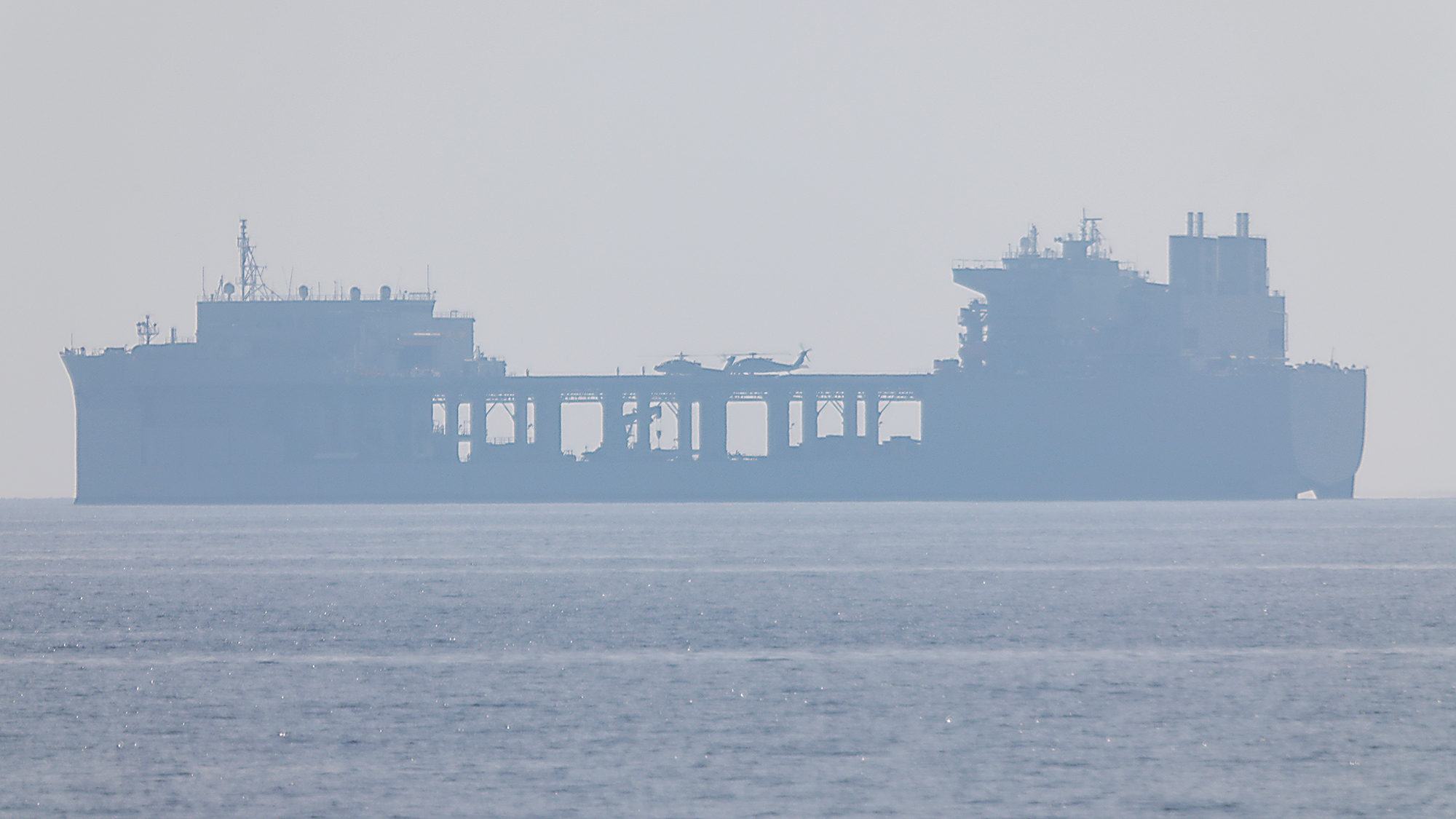
A Navy release on the operation stated the following:
The operations, which are designed to enhance the capabilities of U.S. forces to respond to surface threats, have involved Puller performing as a landing base platform for the Apaches, while Cyclone class Patrol Coastal (PC) ships select simulated targets for them to engage. The guided-missile destroyer USS Paul Hamilton (DDG 60) also participated in the joint operations.
“The integration of U.S. Army air weapons teams with other joint fires into the maritime environment greatly enhances our ability to expand reconnaissance and attack capability,” said Capt. Peter Mirisola, Commander, Destroyer Squadron (DESRON) 50/Commander, Combined Task Force (CTF) 55. “The Apaches, in coordination with our surface ships, allow us to hold an adversary at high risk at extended ranges. Combined with other joint fires, these aircraft significantly increase the precision lethality of our joint maritime forces.”
…
“Working with USARCENT forces represents another key capability in our ongoing integration of naval and air assets across our joint and coalition force to ensure maritime superiority,” said Vice Adm. Jim Malloy, commander, USNAVCENT/U.S. 5th Fleet. “This kind of cross-domain integration allows us to maintain highly lethal and effective defensive capabilities, regardless of what platforms are operating in theater.”
Last month, an AC-130 Gunship and a number of other assets, including Cyclone class patrol ships, also took part in a similar exercise in the Persian Gulf.
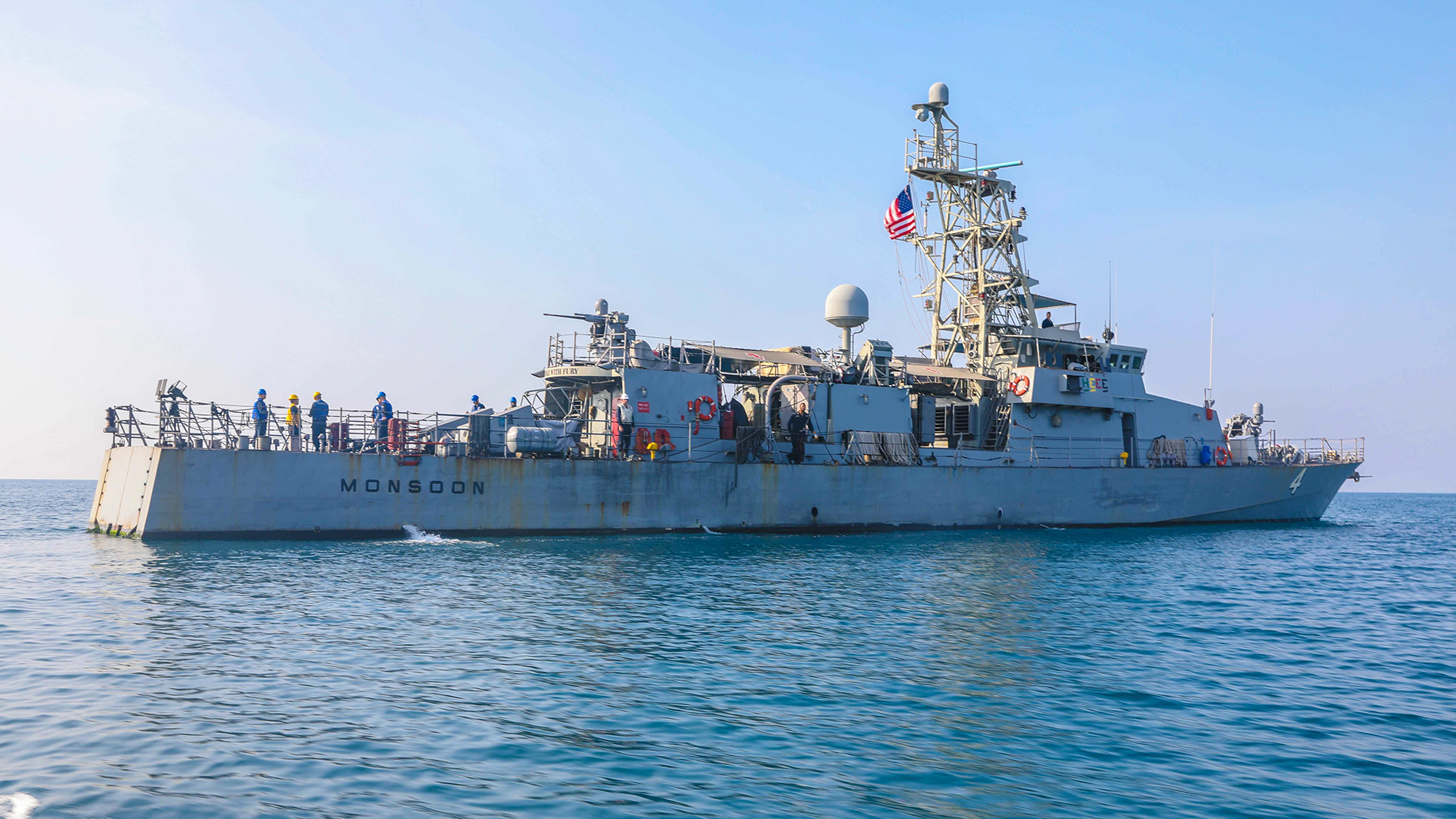
Pushing Apaches to Navy sea bases is nothing new. The practice has gone on for years. The progenitor to the purpose-built sea bases the Navy has today, the converted amphibious transport dock USS Ponce, regularly hosted the attack choppers over its years of operation in the region. The helicopters could fly out and extend their range and loiter time, and if need be, rearm, by using the sea base as a forward arming and refueling point (FARP). They could also better integrate with their Navy and Marine Corps colleagues by forward-deploying to where these types of maritime operations are actually underway.
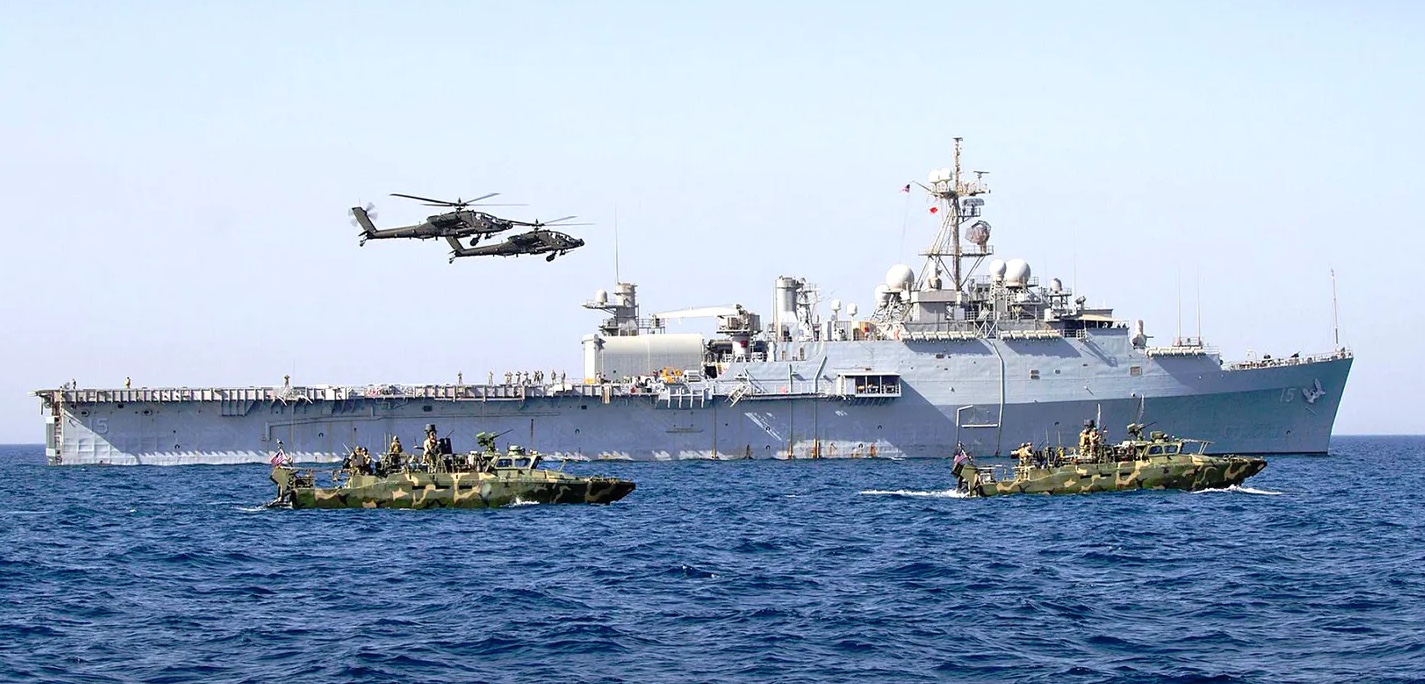
Forward-deploying traditionally land-based Army helicopters to naval assets, especially sea bases, dates back to the Tanker Wars of the 1980s. First special operations AH/MH-6 Little Birds were deployed to the barges that were converted into sea bases. Then OH-58D Kiowa Warriors, with their then state-of-the-art optics, took over the task of countering mining operations and other nefarious Iranian acts in the vicinity of the Strait of Hormuz. You can read more about Ponce and the Apaches they hosted, as well as these earlier historic operations, in these past pieces of ours.
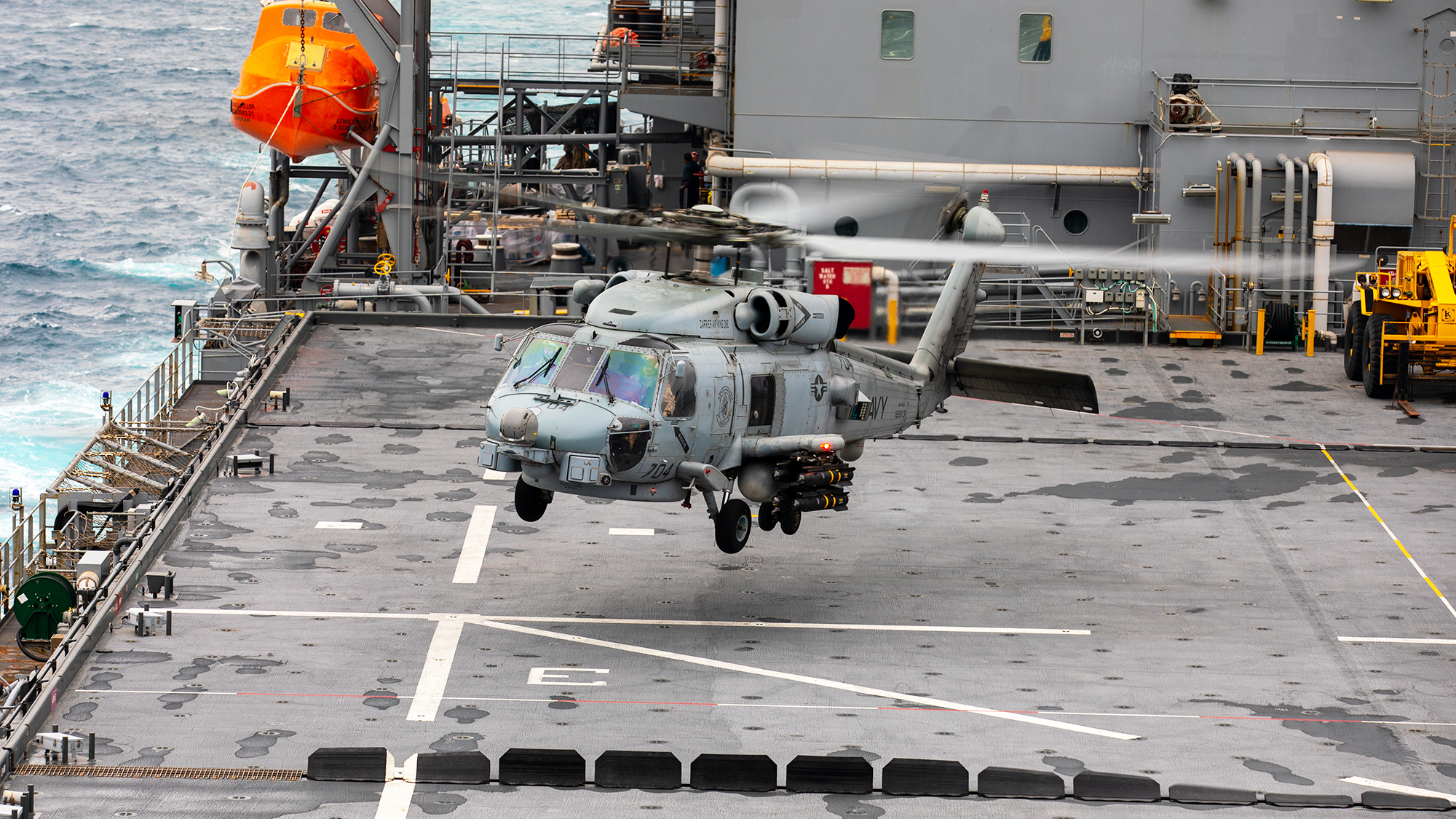
One thing that is a bit puzzling to some is how unarmed the big Expeditionary Sea Bases seem to be. The truth is that they have been enhanced with some basic defenses, mainly Marines and sailors with machineguns and high-powered optics usually used for TOW anti-tank missiles, to help defend the inner sanctums around them. Now that their original USNS designation has been dropped for a USS designation, these ships could receive far more potent modular and roll-on weapons in the future.
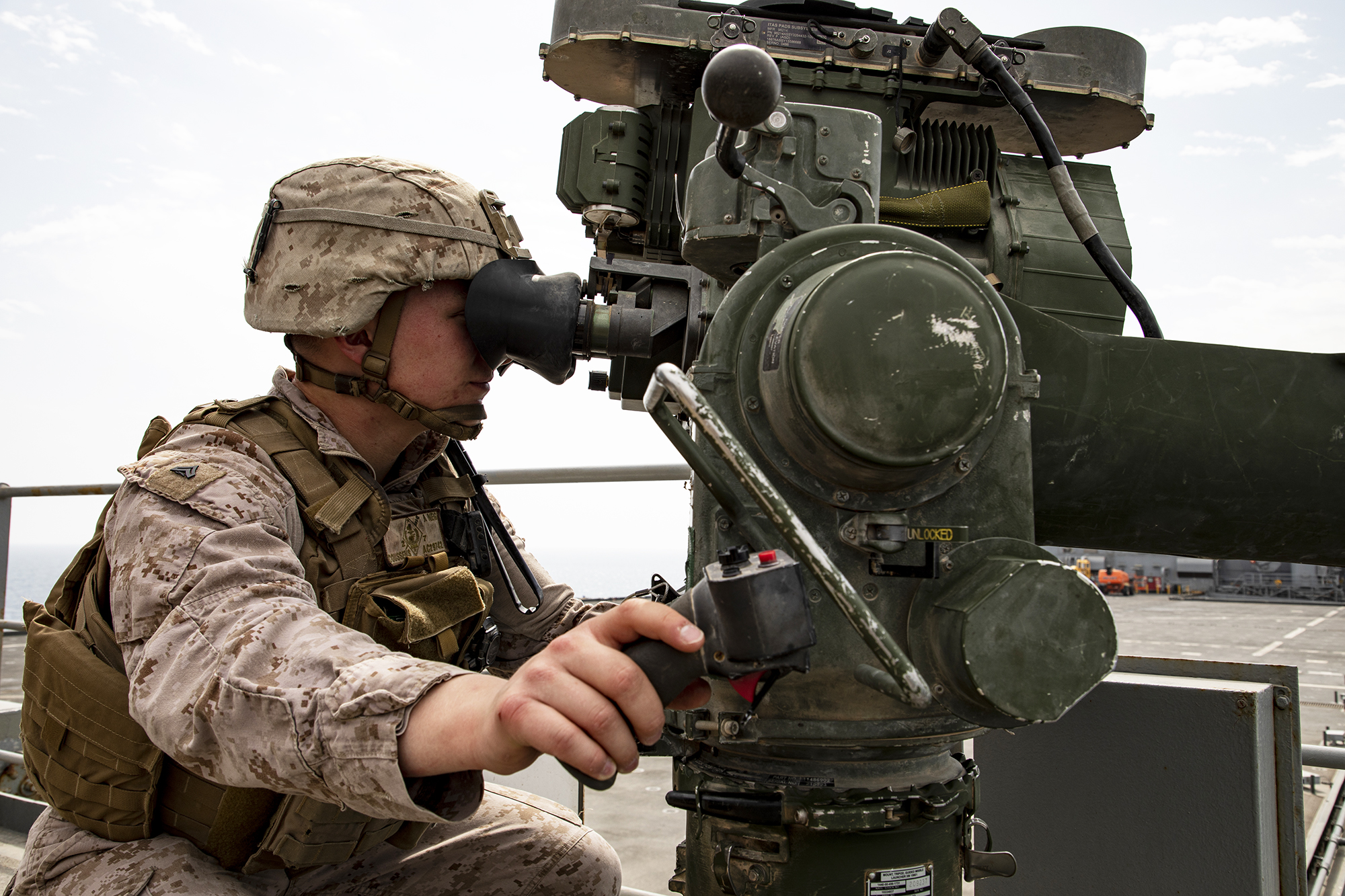
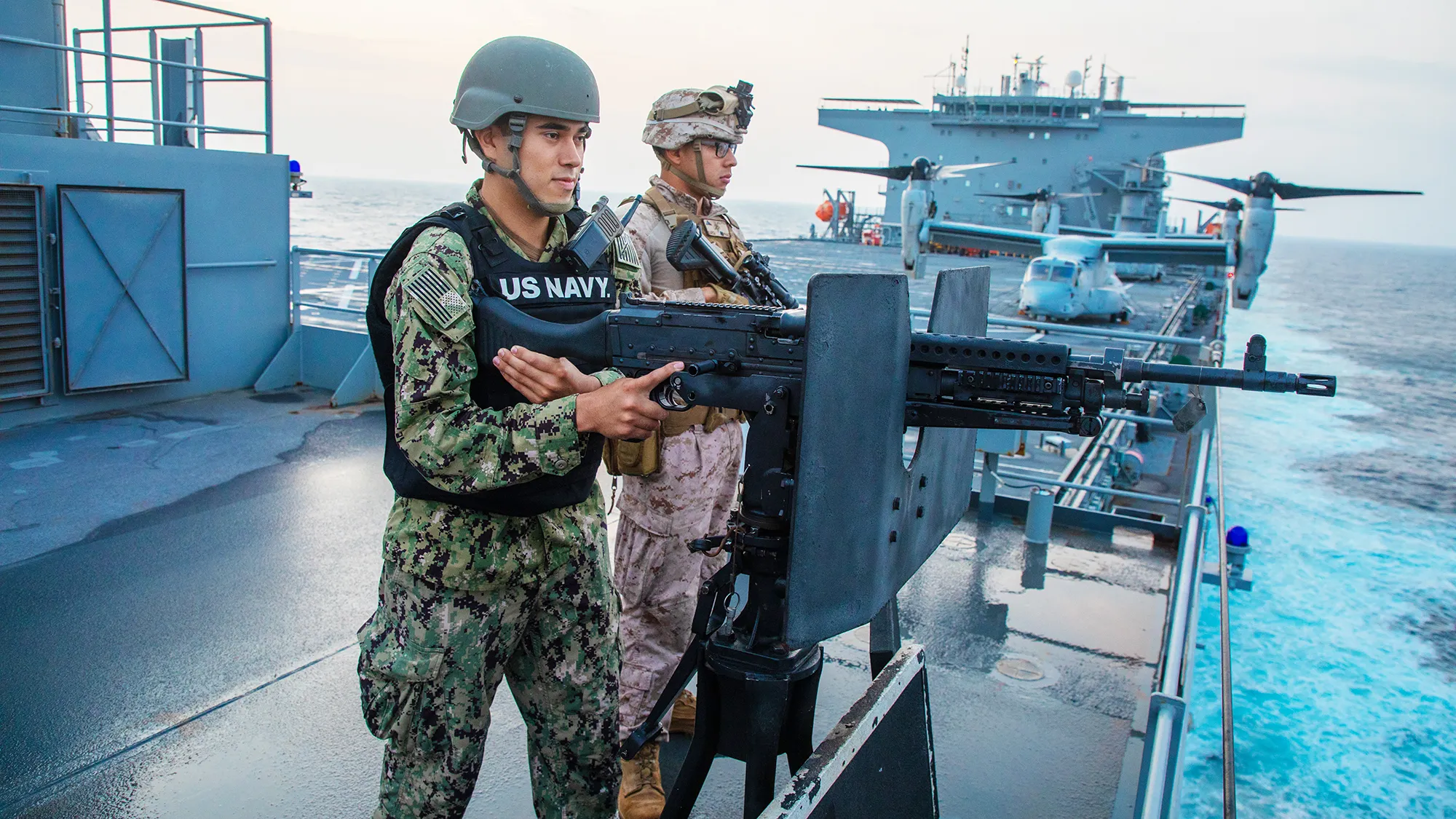
At this time, besides a nearby destroyer, their best defenses are the helicopters and drones that can embark aboard their huge flight decks. With both of the Navy’s Sea Hawk helicopter variants being able to carry Hellfire missiles and other weapons capable of countering small boats, along with Marine UH-1Y and AH-1Z hunter-killer teams, and Army Apaches, these ships can not only put up a solid defense against smaller surface threats, they can also put up one hell of an offense if called upon to do so. Vertical takeoff and landing drones will also increasingly be able to take on some of these tasks, as well, and the ESBs can also play host to their own fast attack boats, too.
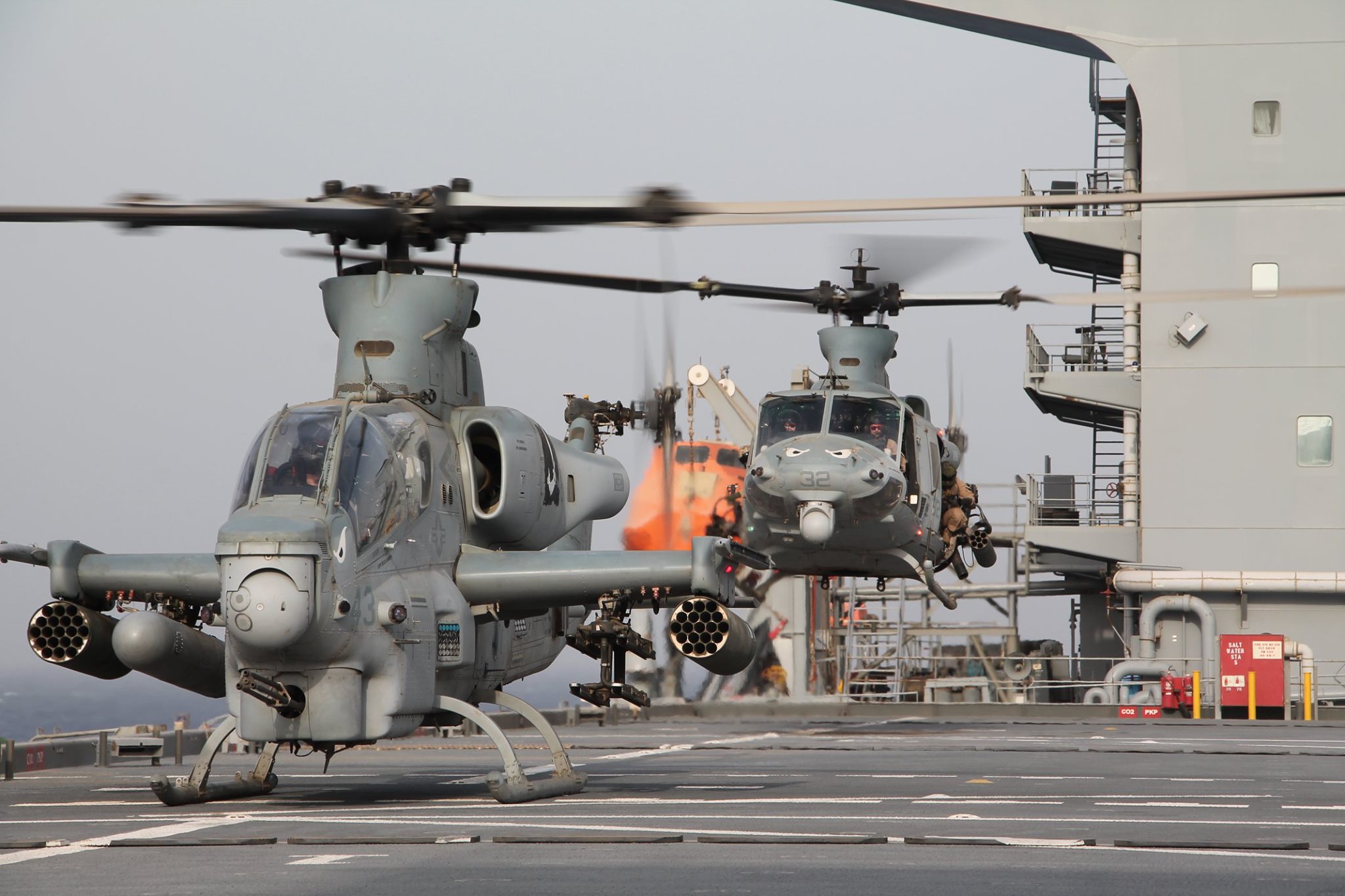
With three Expeditionary Sea Bases set to fill out the Navy’s inventory, one of which will be deployed to Europe and the other to the Pacific, these vessels will become increasingly flexible and capable hubs for a number of missions, from combat to disaster relief. When the former is needed, U.S. Army Apaches stand ready to bring their deadly skills to the fight.
Contact the author: Tyler@thedrive.com
